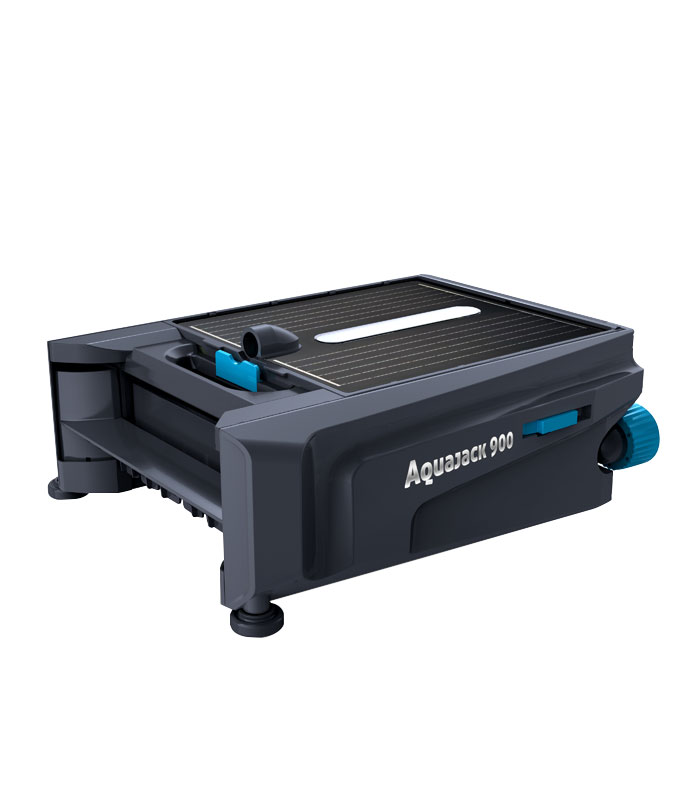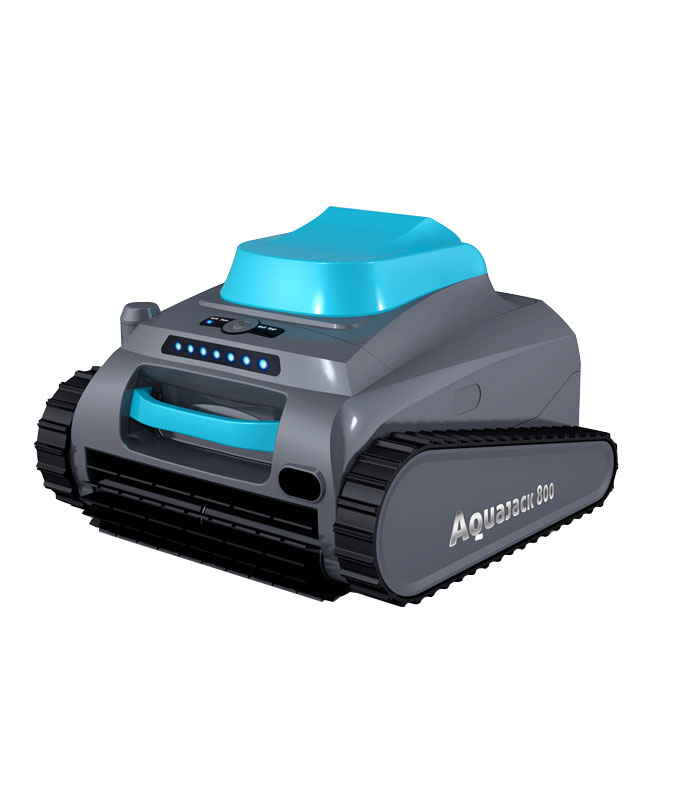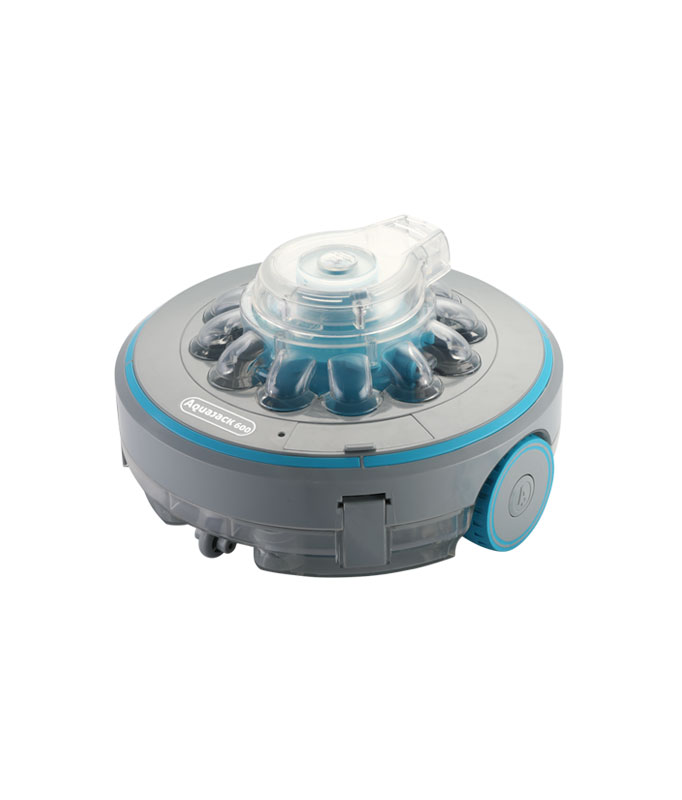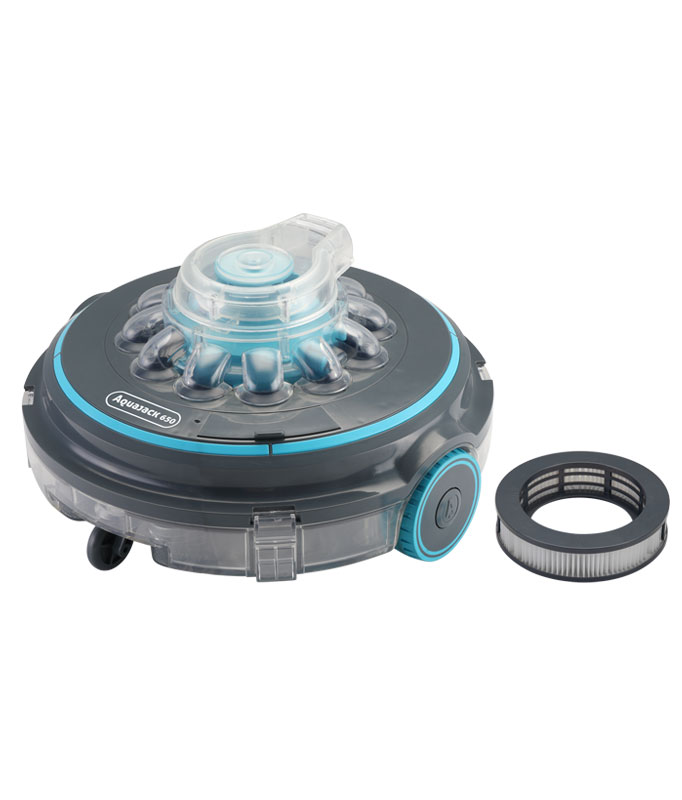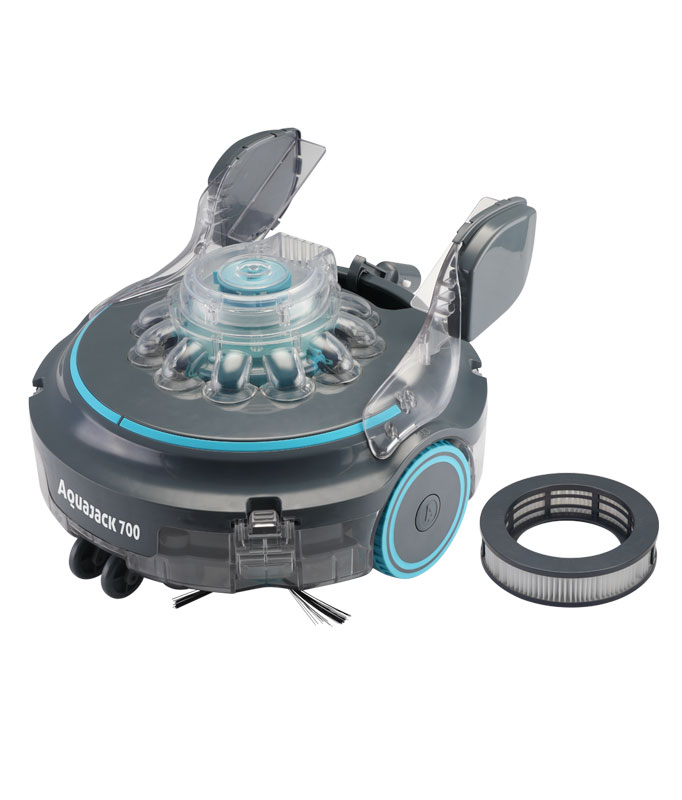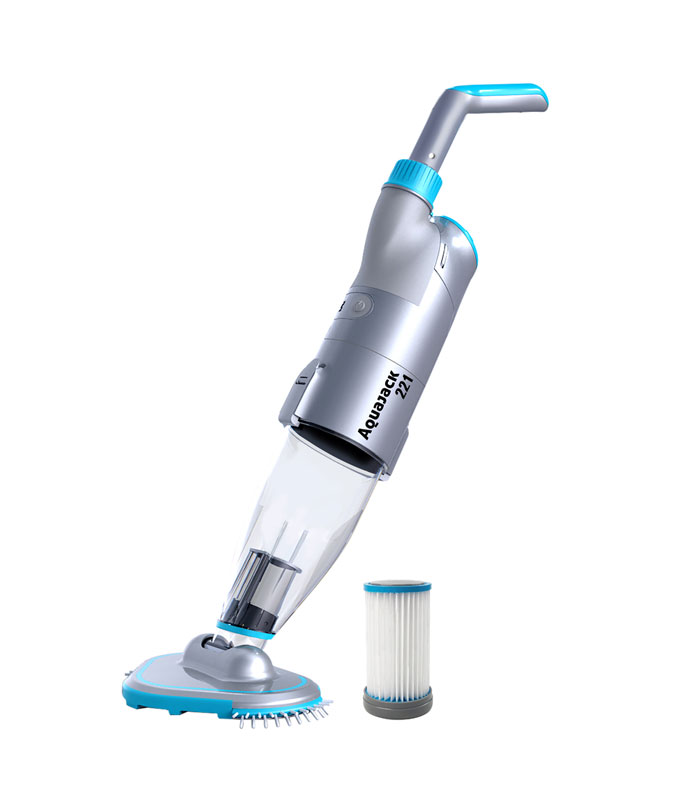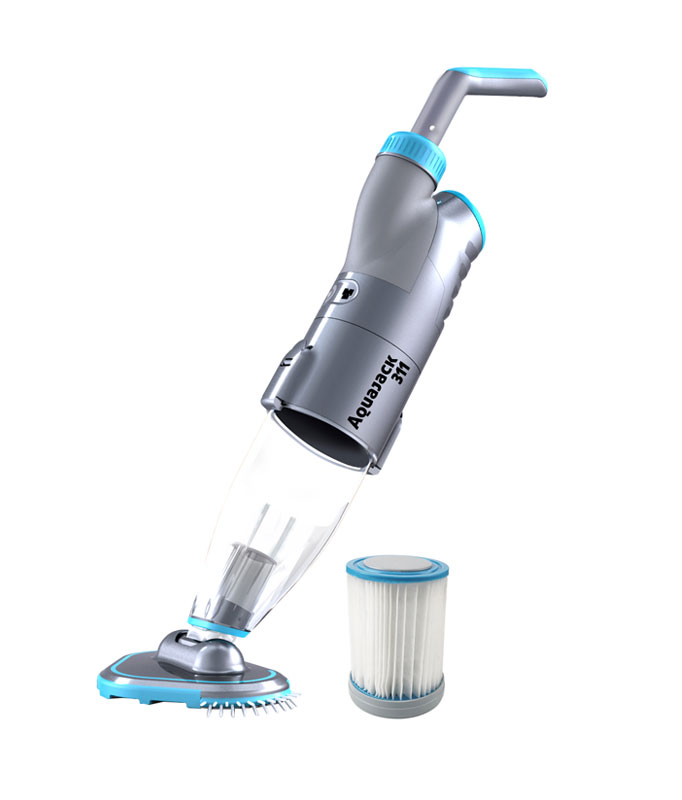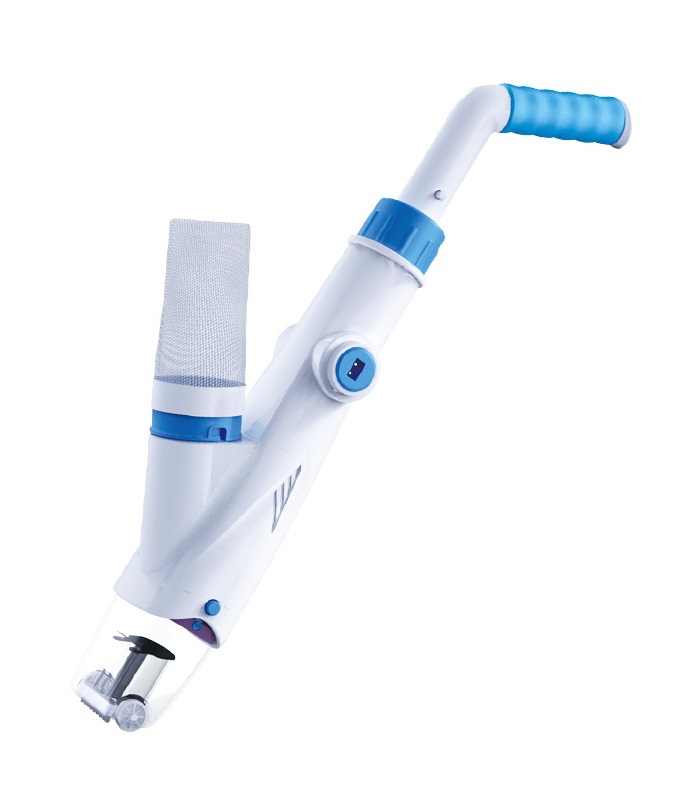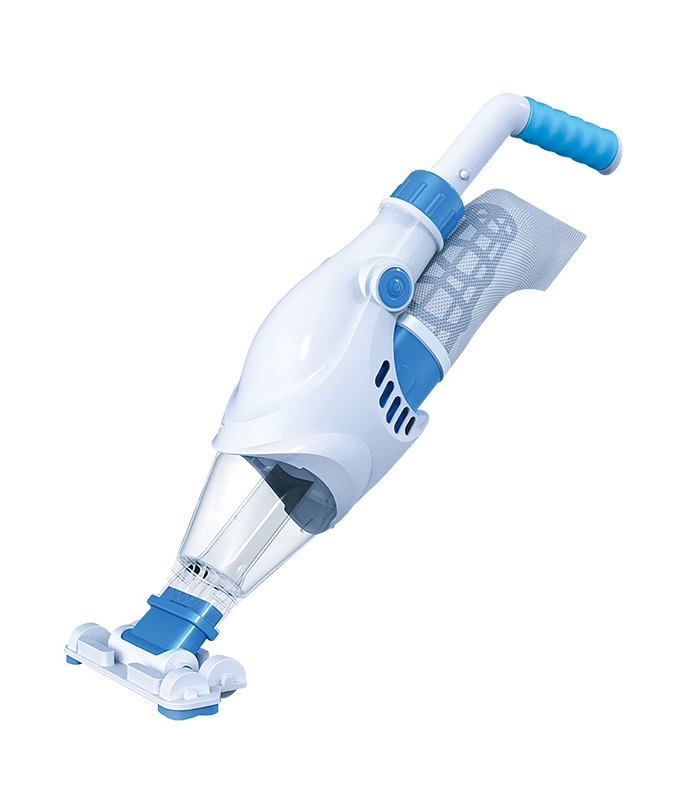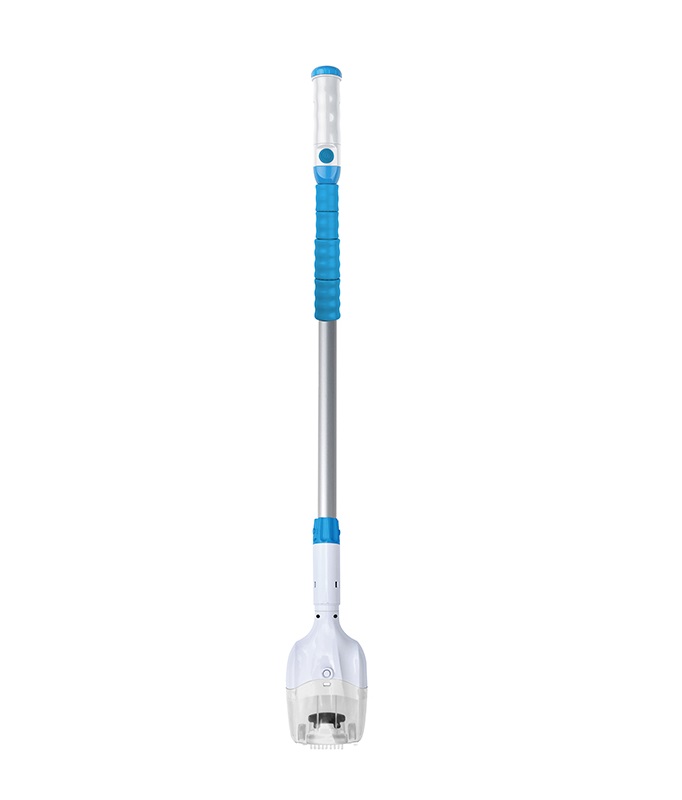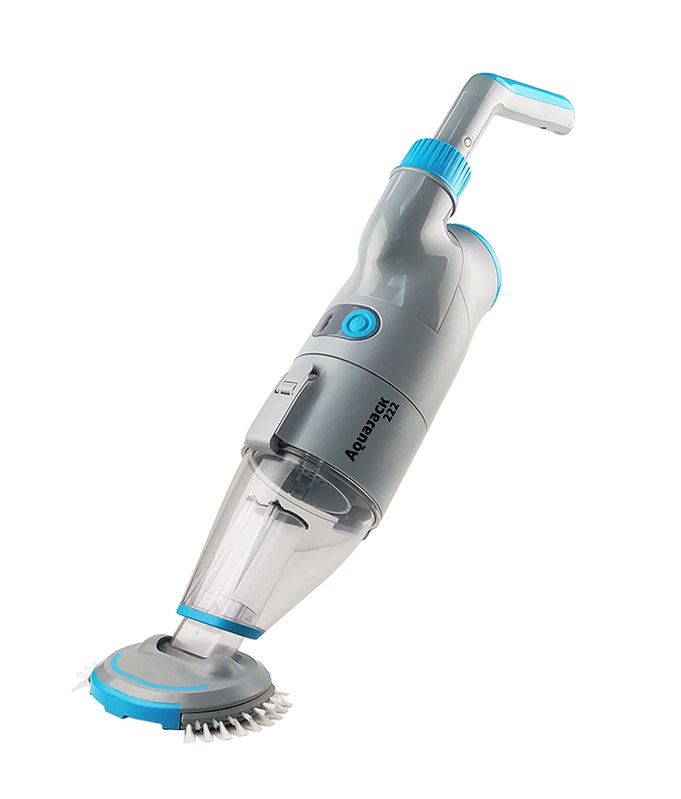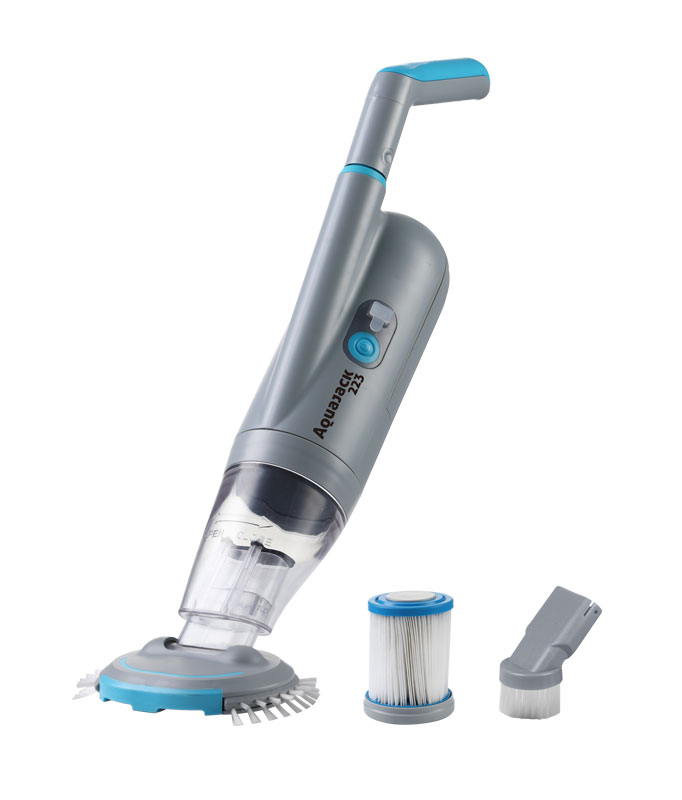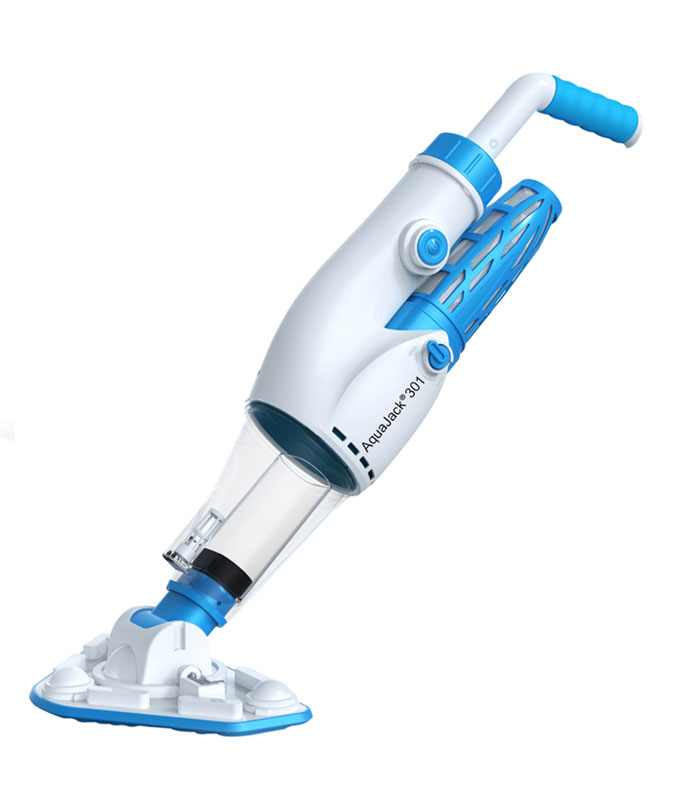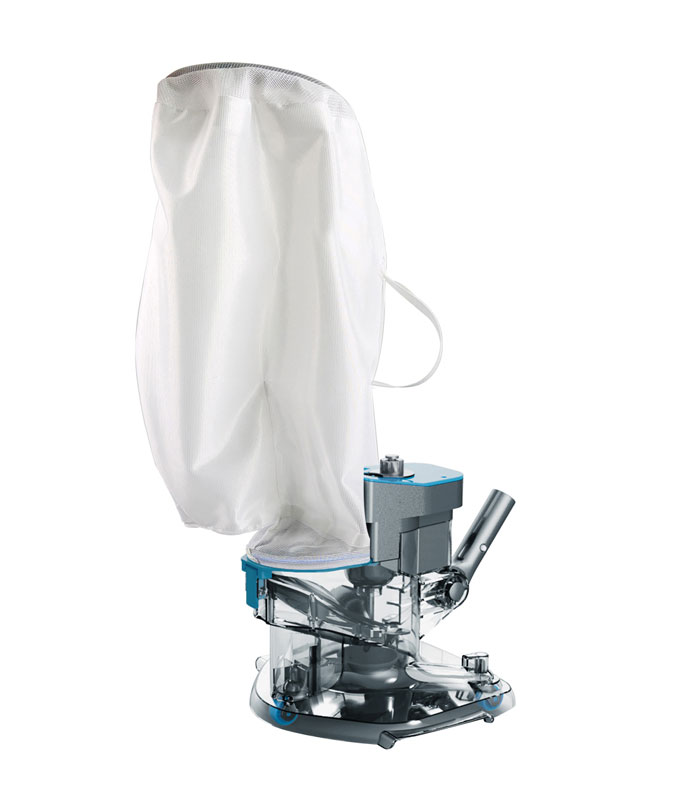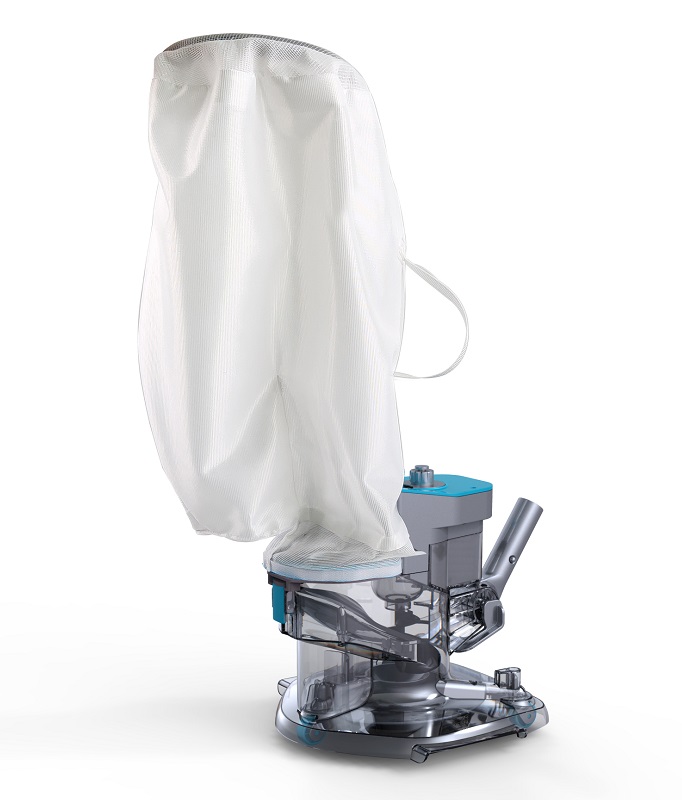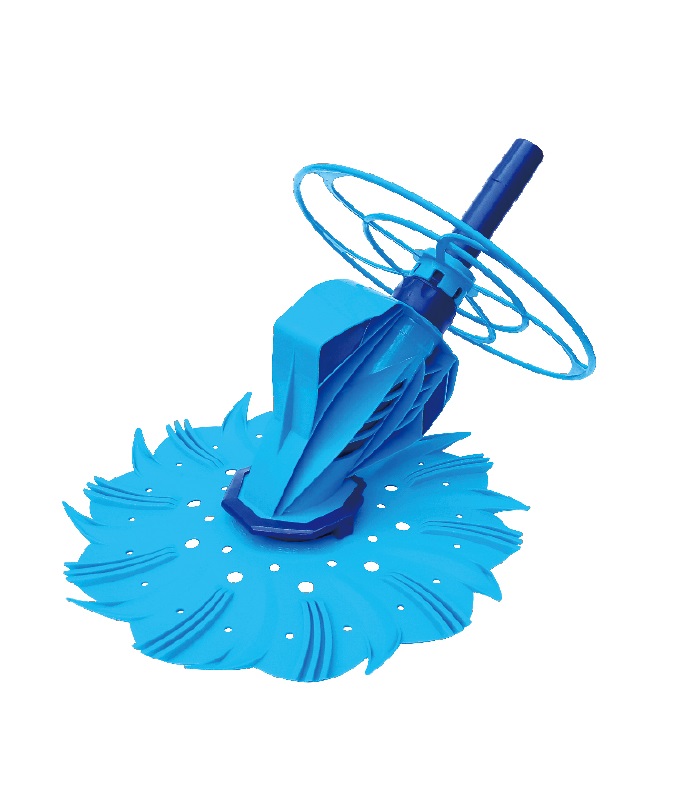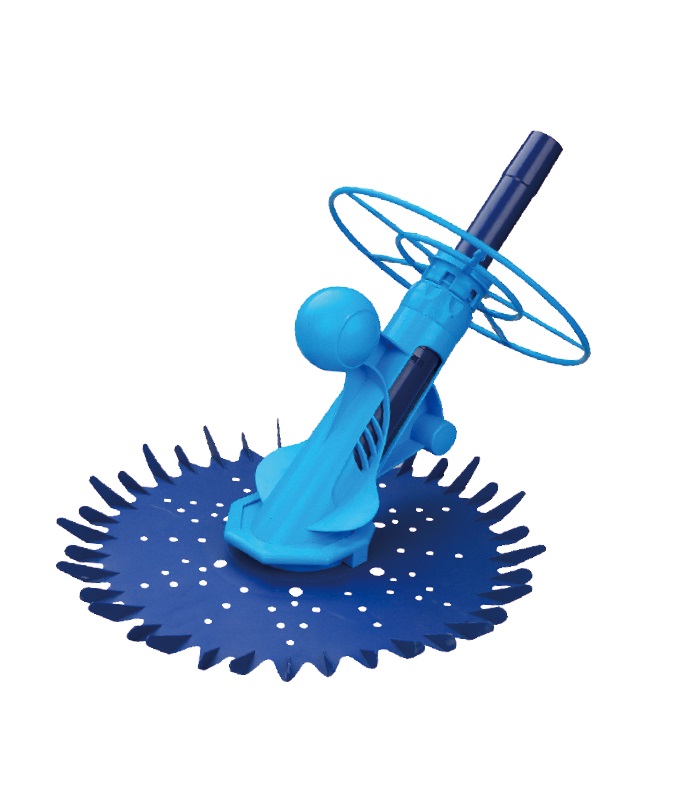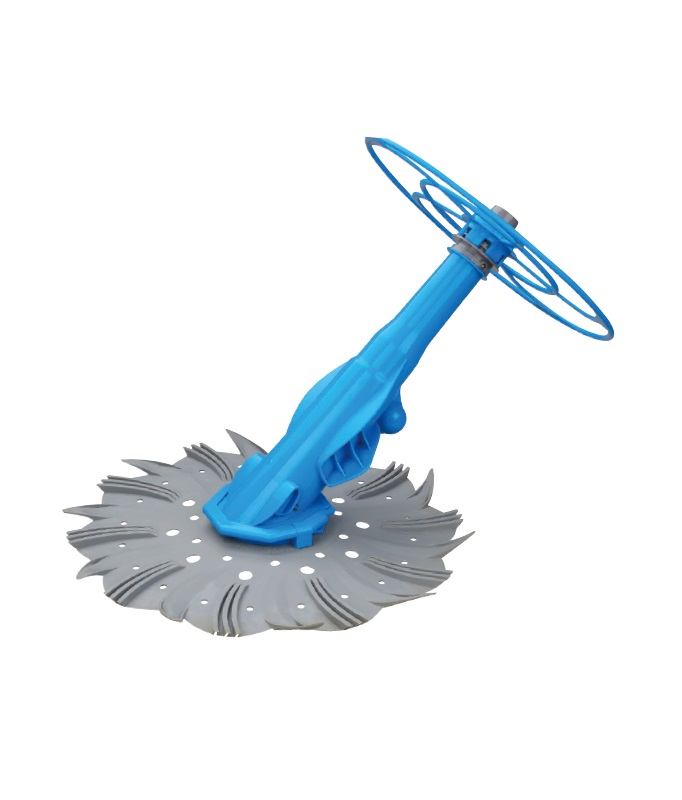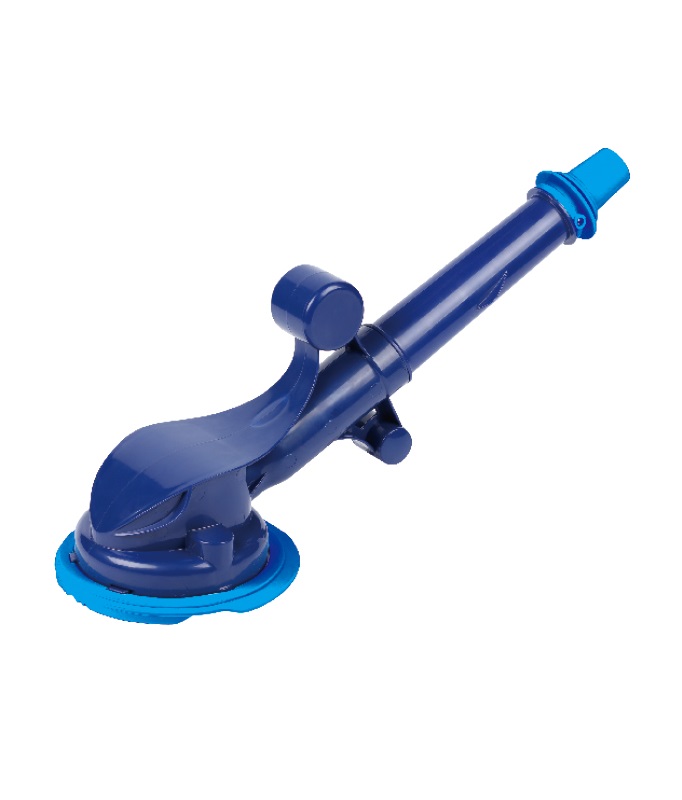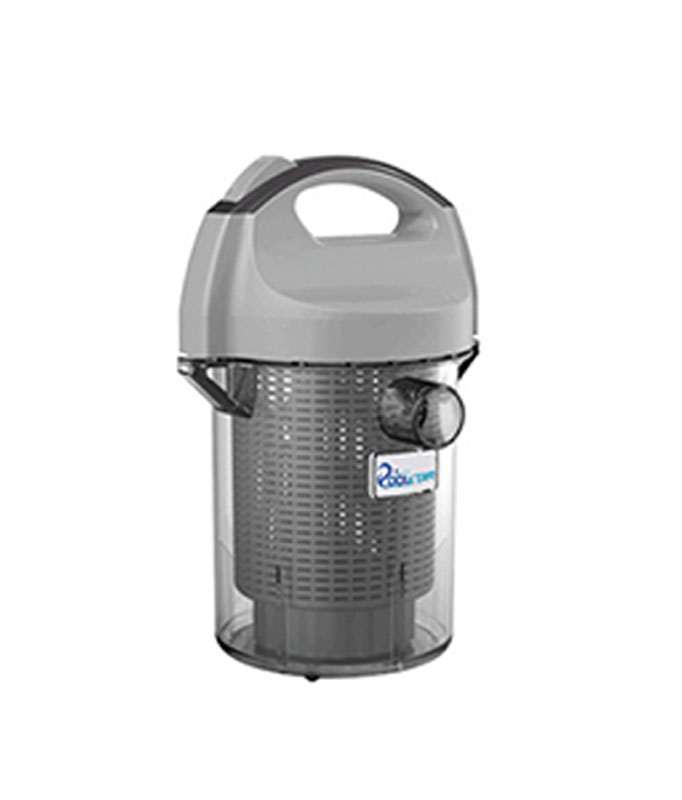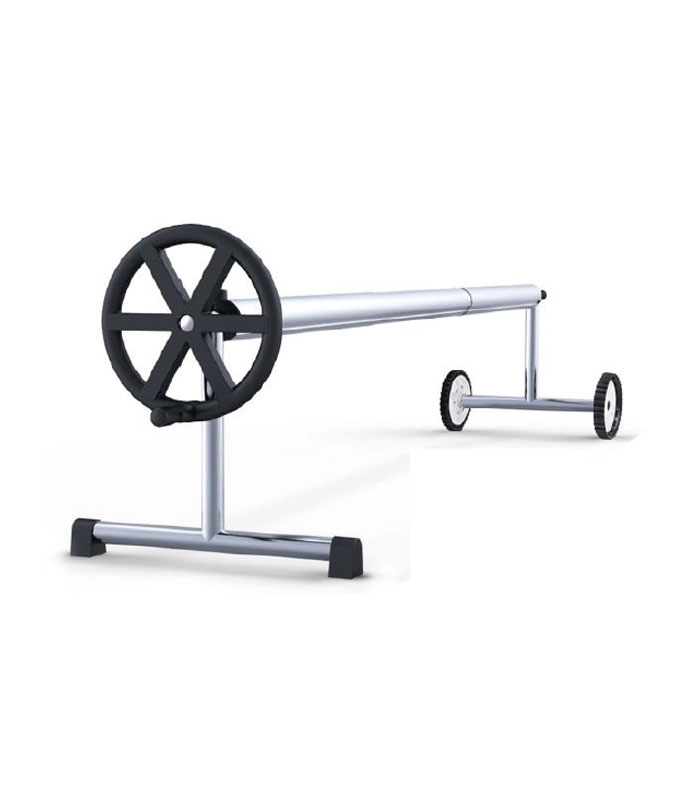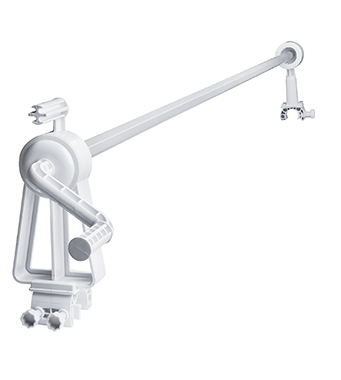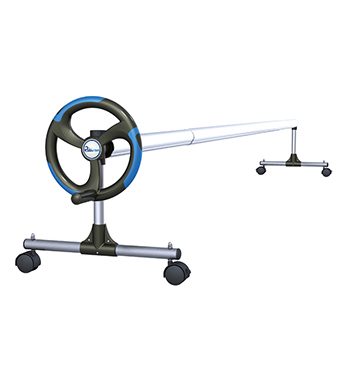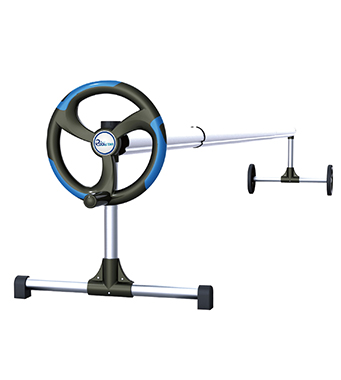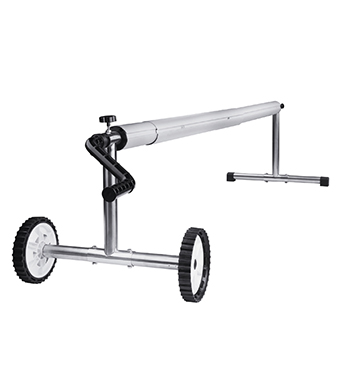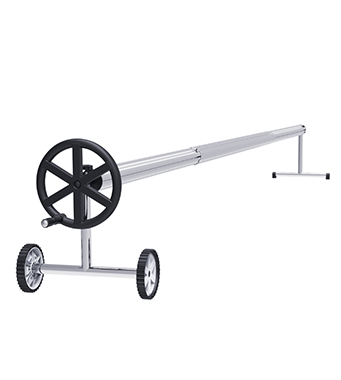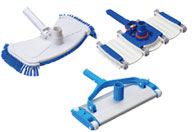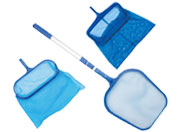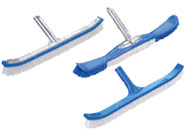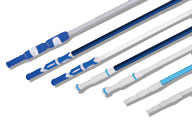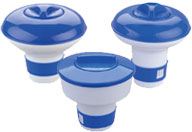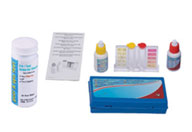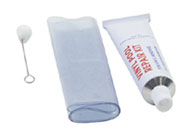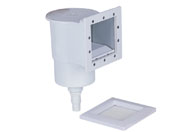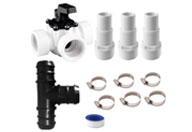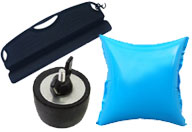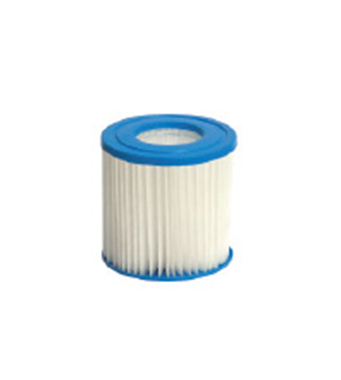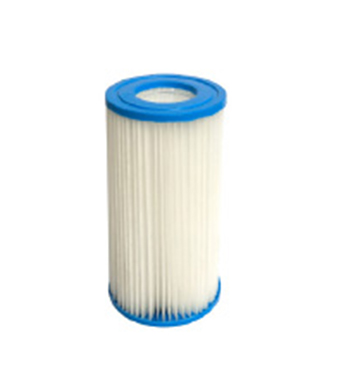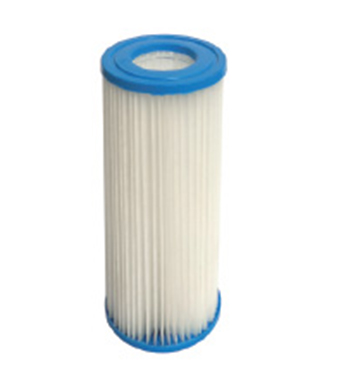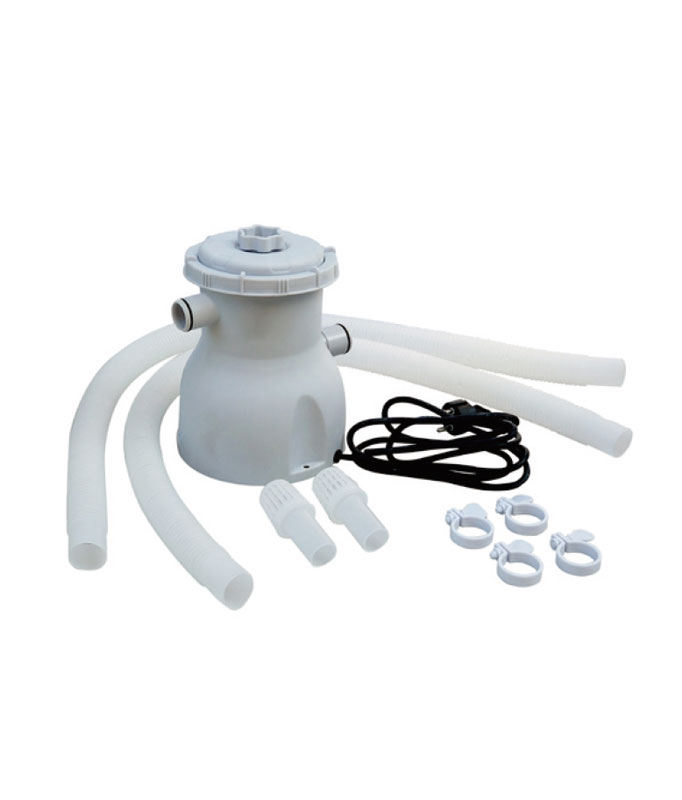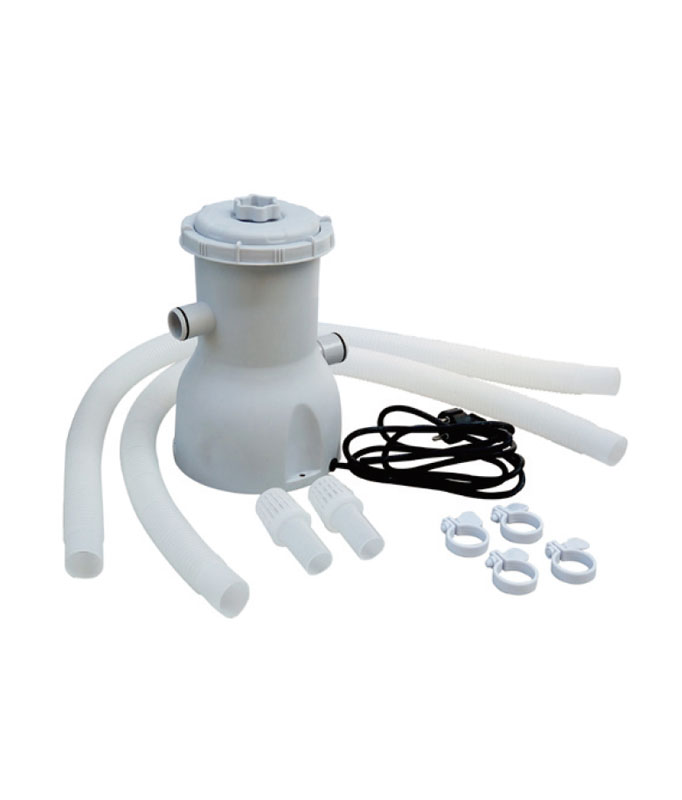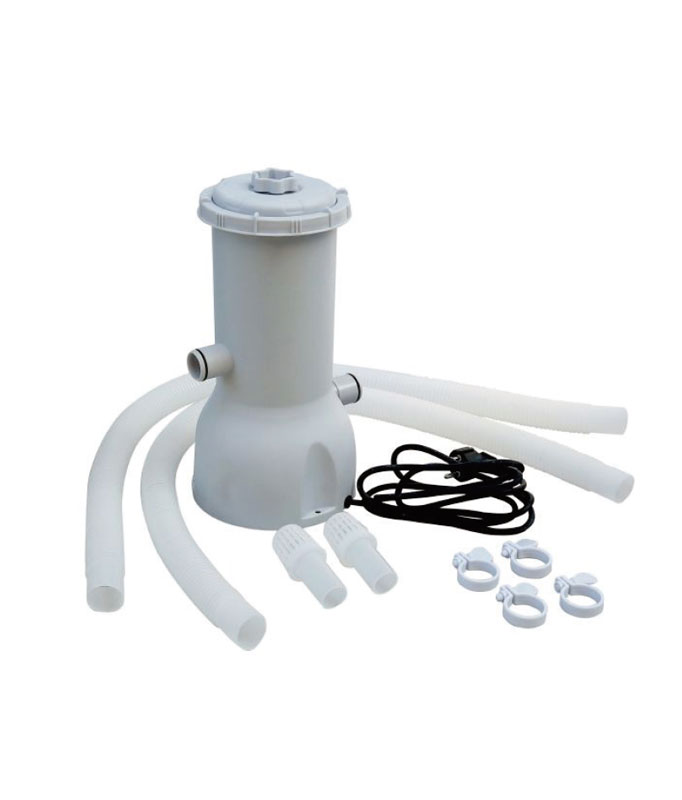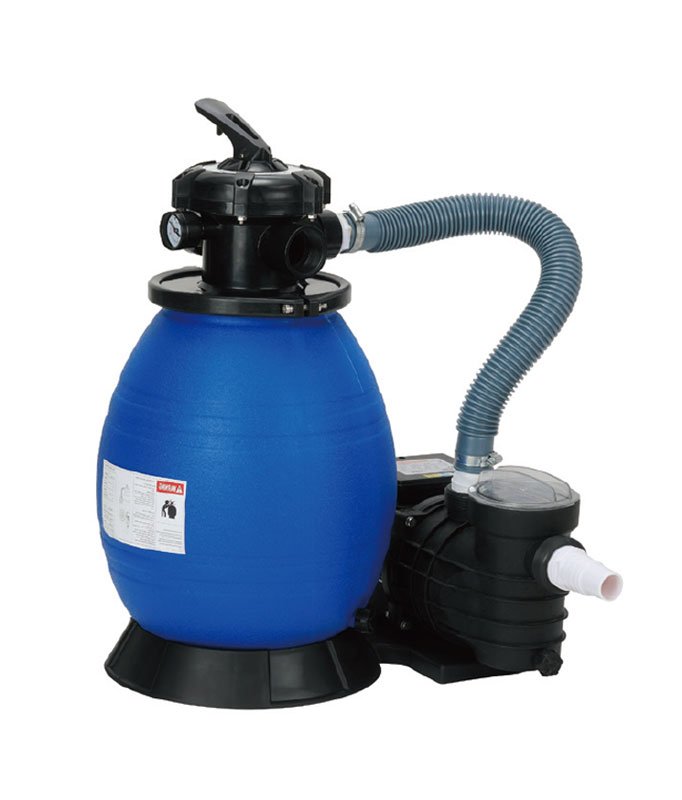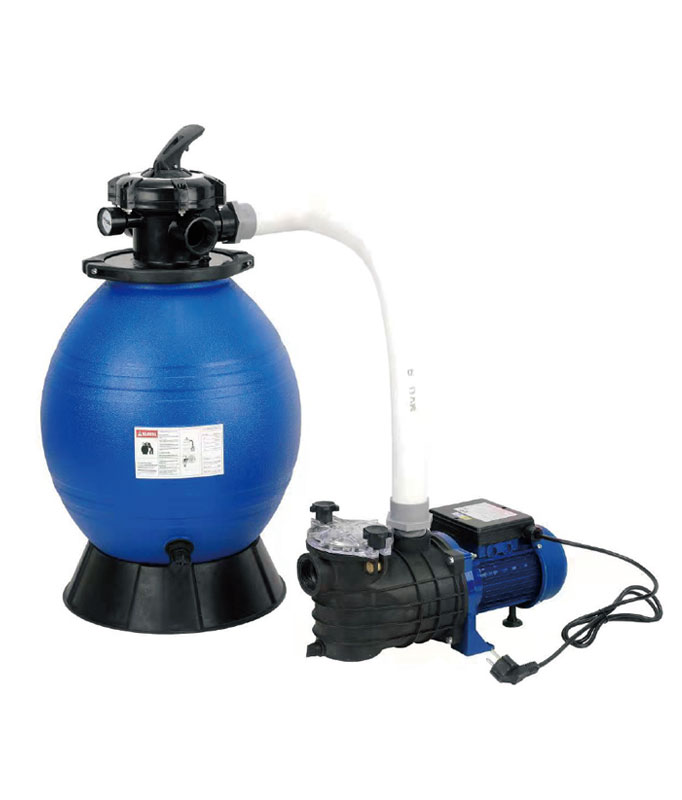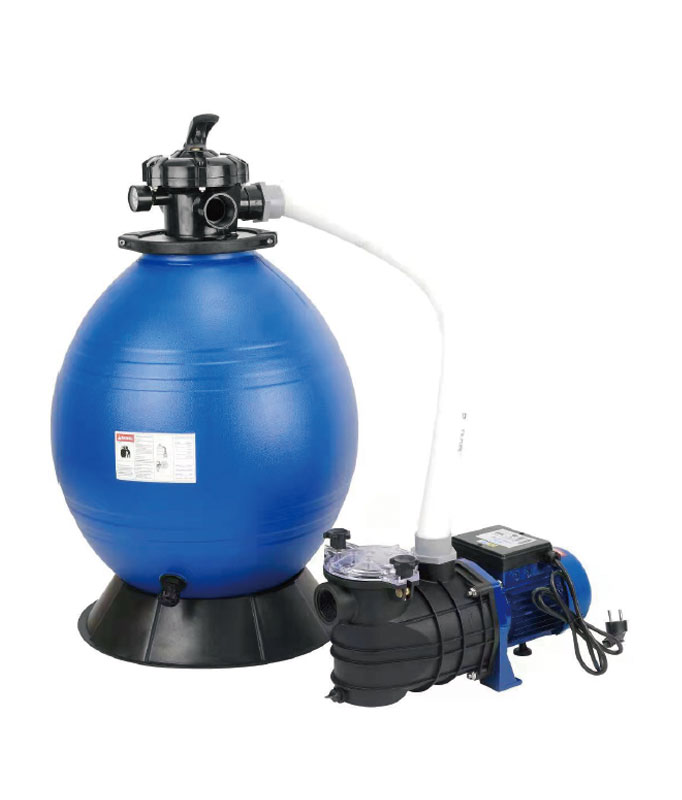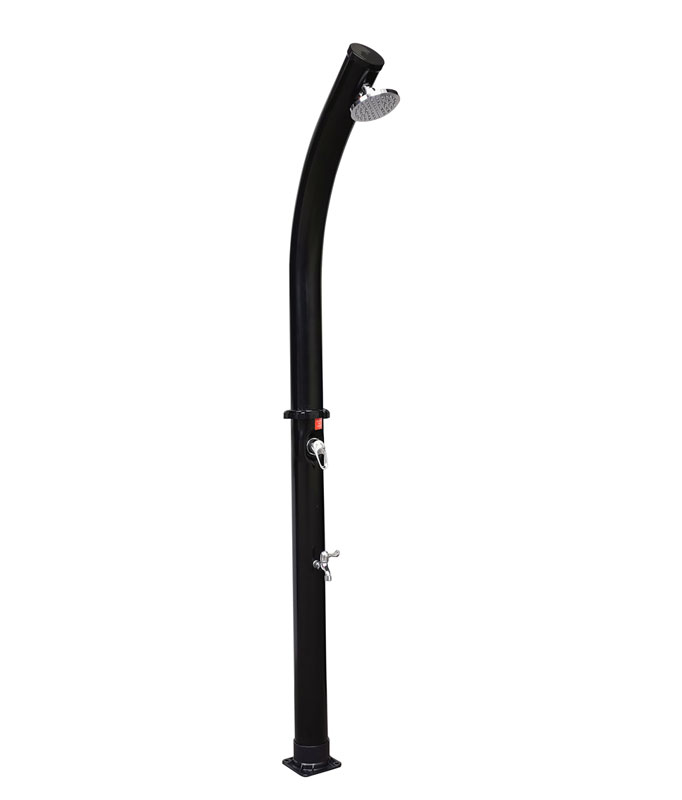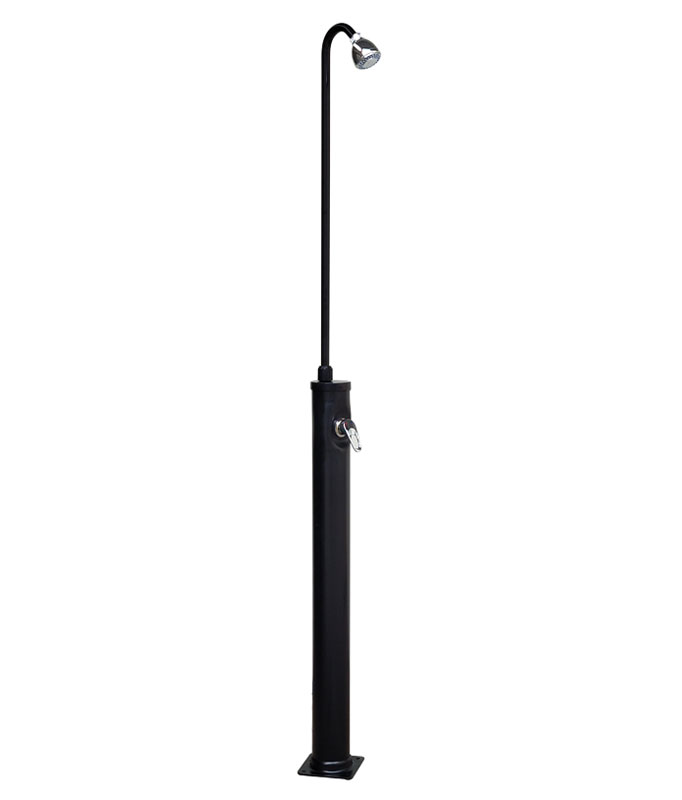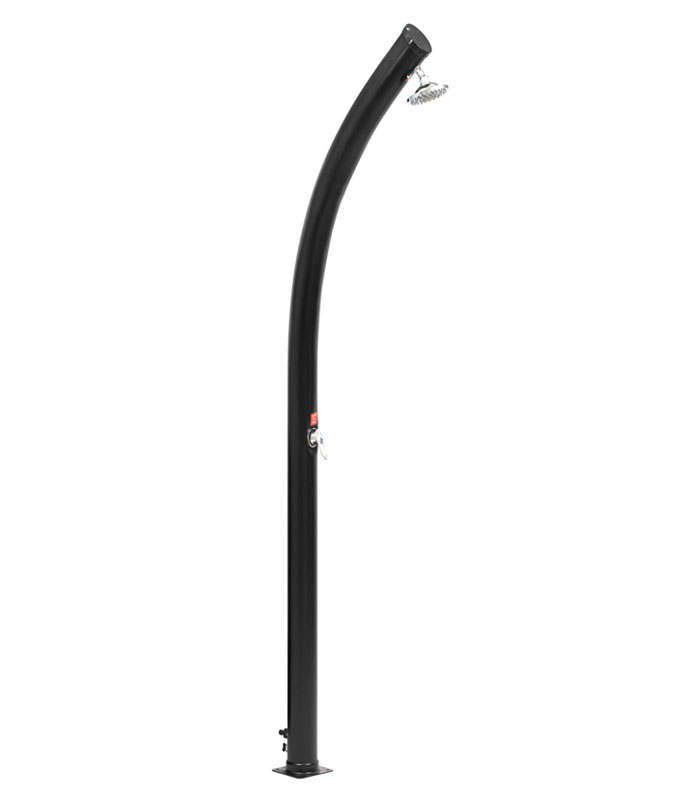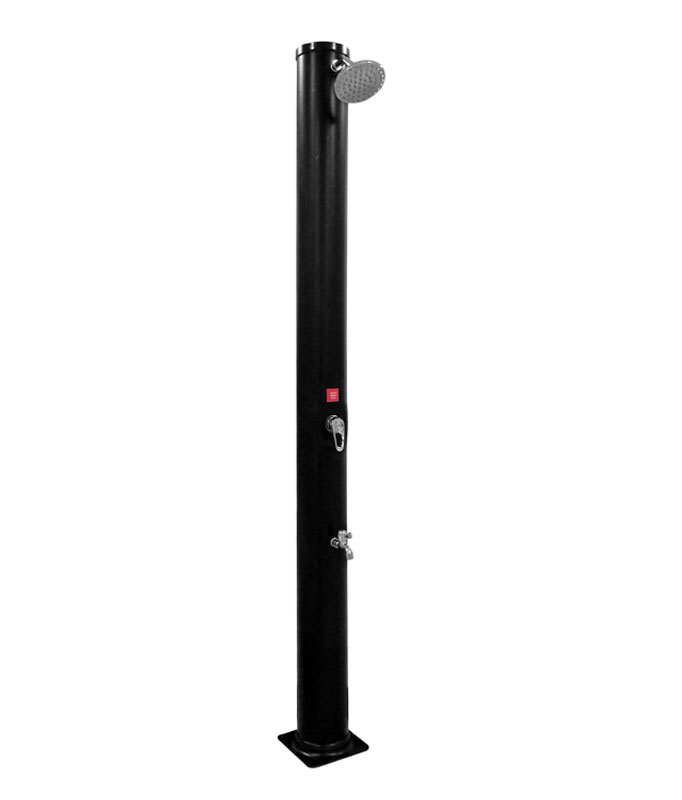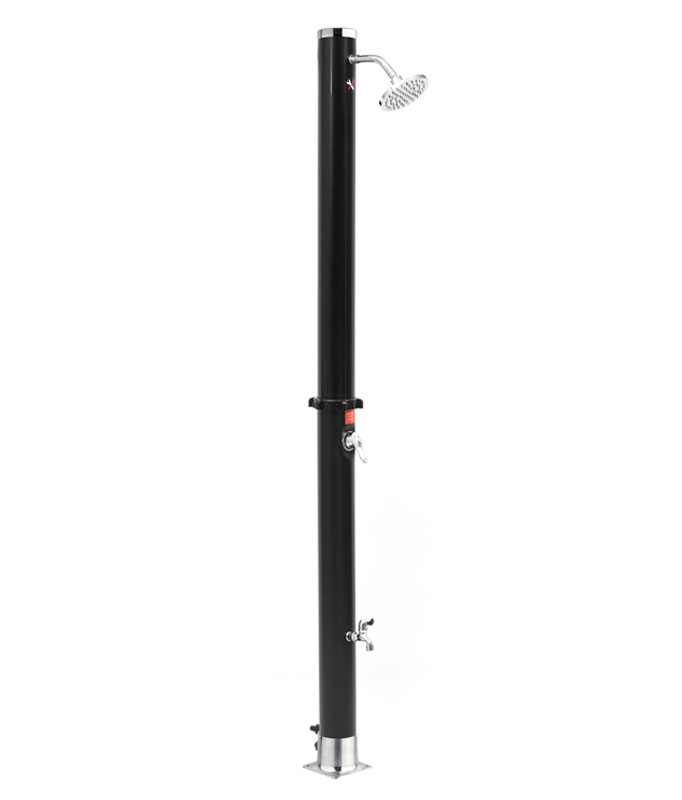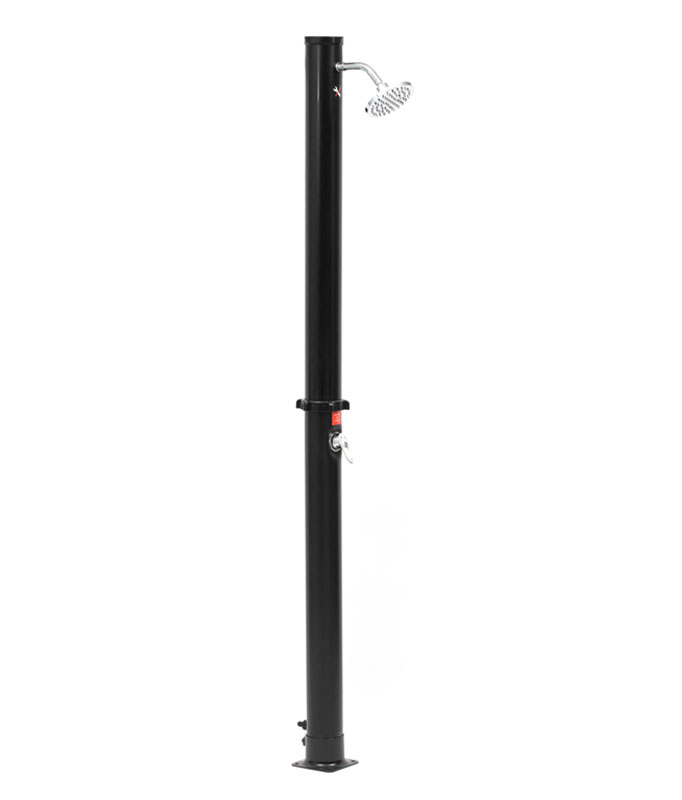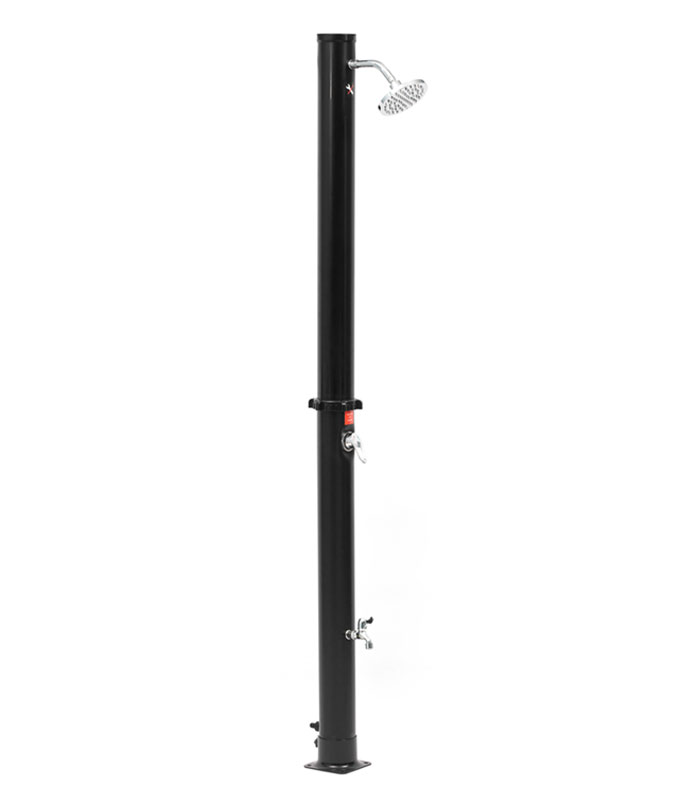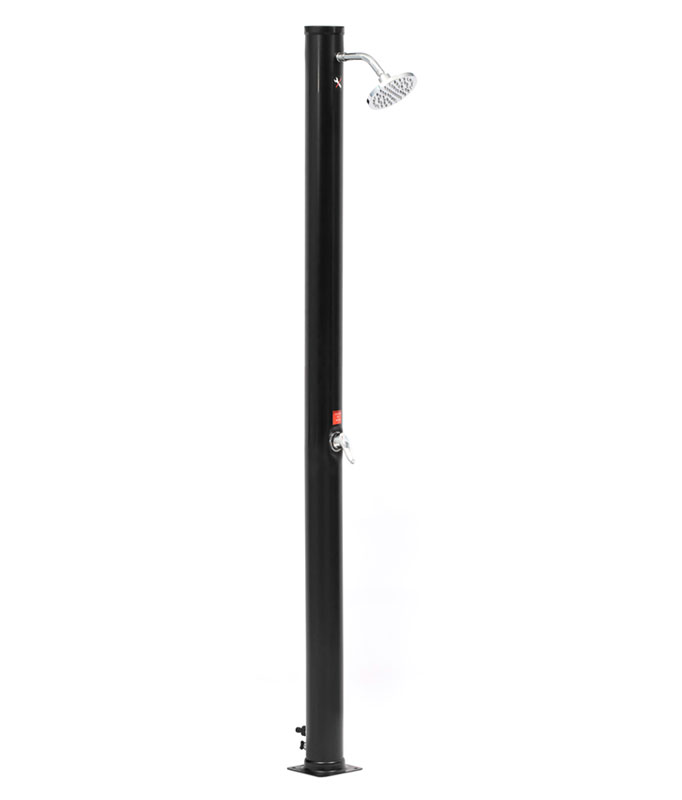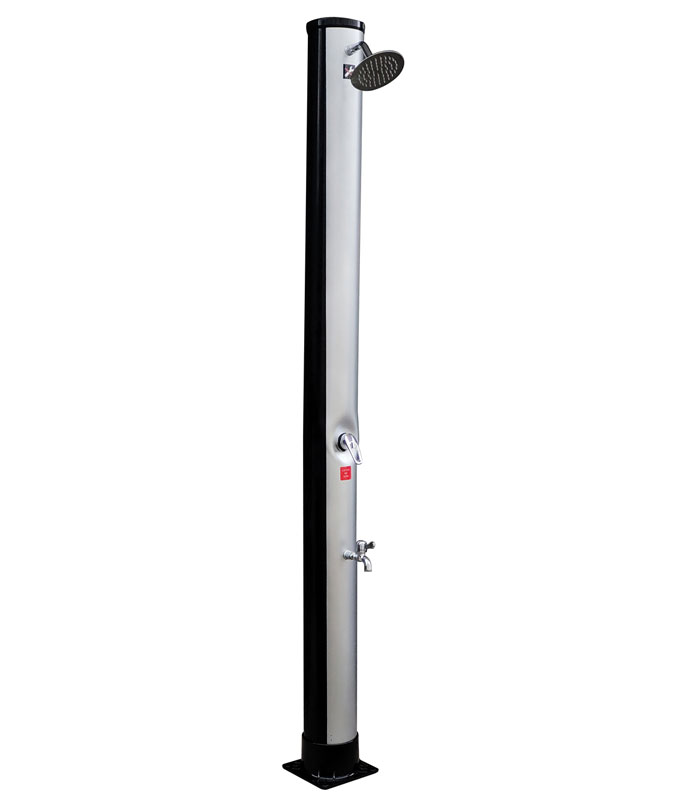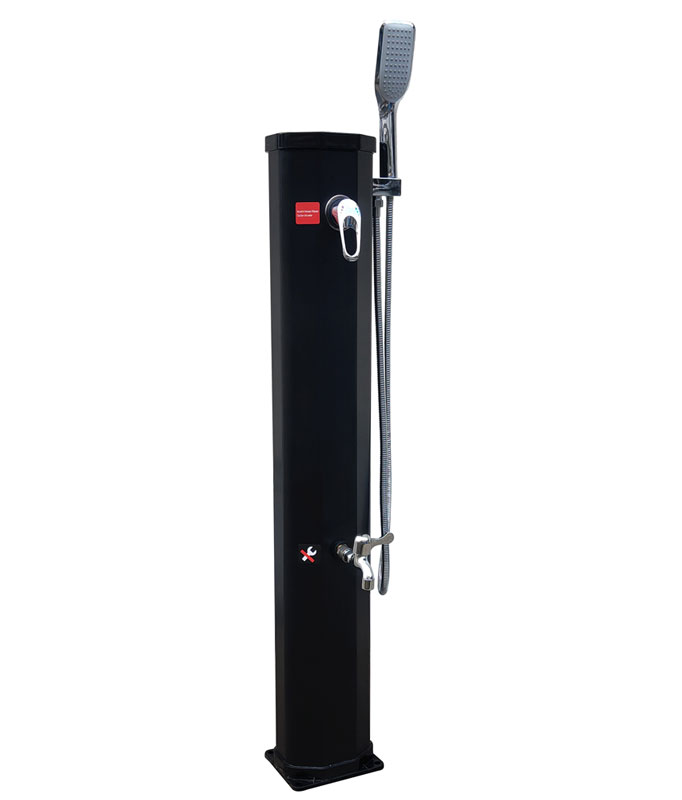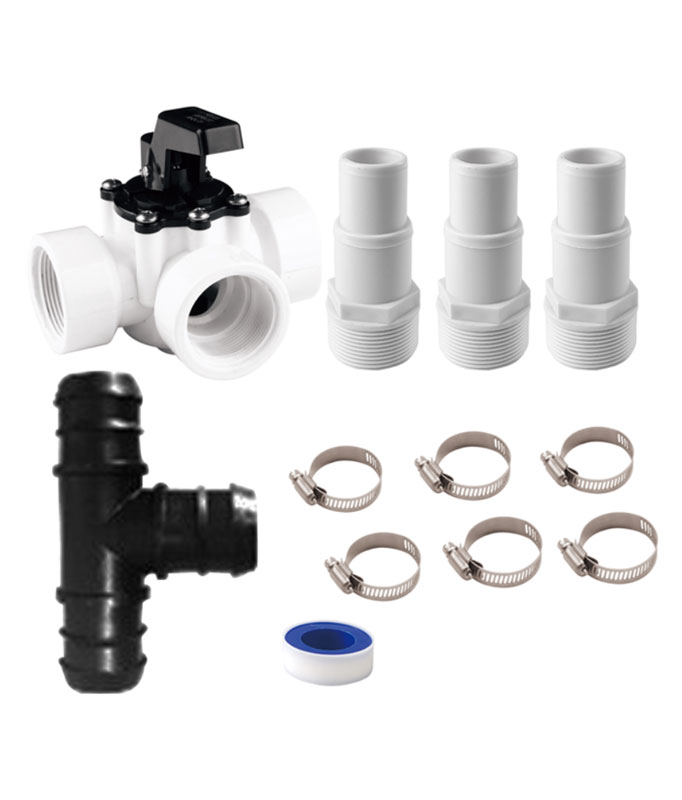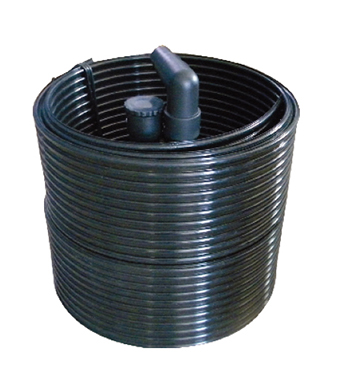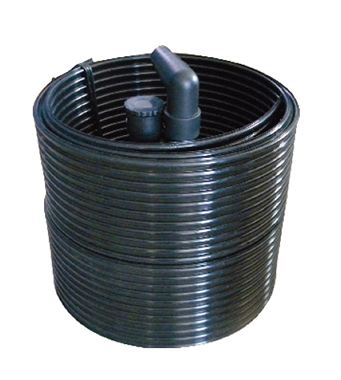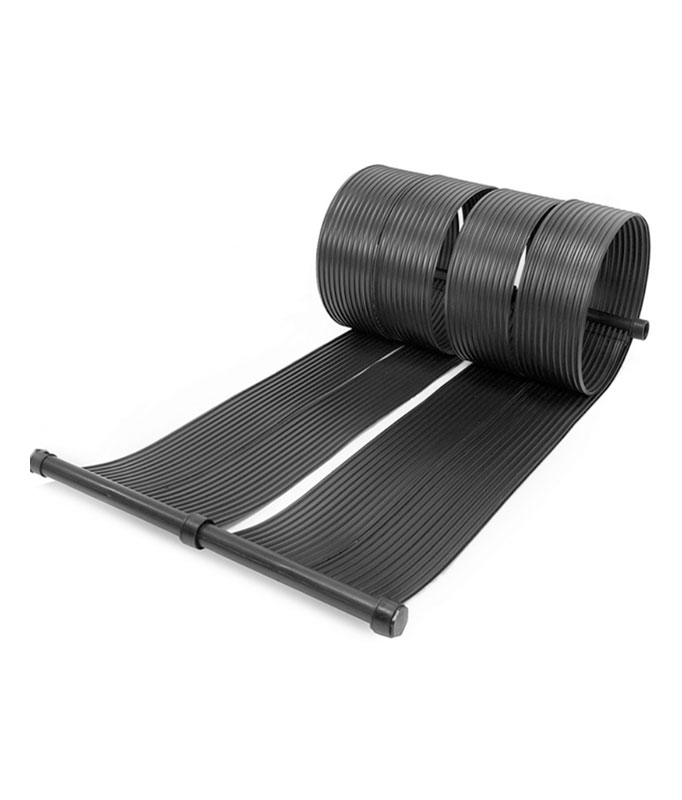You want your robotic pool cleaner to last, right? Always rinse it with fresh water after using it in saltwater. Dry it well before you put it away. Look for models with the Zero-Corrosion Guarantee: Robotic Pool Cleaner’s Saltwater Resistance Certification or check out options like https://www.cnpoolstar.com/product/aquajack-900-solar-powered-robotic-pool-skimmer-442.html.
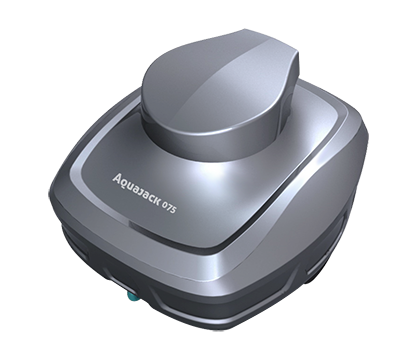
Key Takeaways
- Rinse your robotic pool cleaner with fresh water after every use to wash away salt and prevent rust from forming.
- Dry your cleaner thoroughly before storing it to stop moisture from causing corrosion and damage.
- Choose a robotic pool cleaner with the Zero-Corrosion Guarantee certification to ensure it resists rust in saltwater pools and lasts longer.
Why Saltwater Causes Rust
How Saltwater Accelerates Corrosion
Saltwater can be tough on metal. When you use your robotic pool cleaner in a saltwater pool, the salt mixes with water and creates a perfect environment for rust. Salt acts like a booster for corrosion. It helps water stick to metal surfaces longer. This gives rust more time to form.
You might wonder why salt makes such a big difference. Here’s the thing: salt breaks down into tiny particles called ions. These ions speed up the chemical reaction between water and metal. That’s why you see rust appear faster in saltwater than in regular water.
Tip: Always rinse your cleaner with fresh water after every use. This simple step washes away salt and slows down rust.
Vulnerable Parts on Robotic Pool Cleaners
Not every part of your robotic pool cleaner faces the same risk. Some parts are more likely to rust than others. Here are the main trouble spots:
- Screws and bolts: These small metal pieces often rust first.
- Motor housing: If the seal breaks, water can get inside and cause damage.
- Wheels and axles: These parts move a lot and can wear down, exposing metal.
- Filter baskets: Some baskets have metal frames that can corrode.
Keep an eye on these areas. If you spot any orange or brown spots, act fast. Early action can save your cleaner from bigger problems later.
Essential Steps to Prevent Rust
Rinse the Cleaner After Every Use
Saltwater leaves a thin layer of salt on your robotic pool cleaner. If you let it sit, that salt can eat away at metal parts. You should always rinse your cleaner with fresh water as soon as you take it out of the pool. Use a garden hose and spray every part, even the small corners and hidden spots. Pay extra attention to the wheels, screws, and filter basket. These areas trap salt and can rust quickly.
Tip: Make rinsing your cleaner a habit. Treat it like brushing your teeth—don’t skip it!
Dry Thoroughly Before Storage
Water left on your cleaner can cause rust, even if you rinse off the salt. After rinsing, grab a clean towel and dry every surface. Open up any compartments and let them air out. If you have a leaf blower or a can of compressed air, use it to blow water out of tight spaces. Never store your cleaner while it’s still wet.
- Quick Drying Checklist:
- Wipe down the exterior with a towel
- Open filter baskets and let them air dry
- Shake out any trapped water from wheels or brushes
- Use air to dry hard-to-reach spots
Inspect for Early Signs of Corrosion
You can catch rust before it becomes a big problem. Look over your cleaner every time you use it. Check for orange or brown spots, especially on screws, bolts, and metal frames. If you see any rough patches or flaking, that’s a warning sign. Don’t forget to check inside the filter basket and around the motor housing.
Note: Early detection saves you money and keeps your cleaner running longer.
Use Protective Coatings or Sprays
You can add an extra layer of defense against rust. Use a protective spray made for metal surfaces. These sprays create a barrier that keeps salt and water away from the metal. Apply the spray after you rinse and dry your cleaner. Follow the instructions on the product label for best results.
Here’s a quick table to help you choose the right product:
|
Product Type |
How to Use |
How Often |
|
Silicone Spray |
Spray on metal parts |
Every 2 weeks |
|
Anti-Corrosion Wax |
Rub on with cloth |
Once a month |
|
Rust Inhibitor Spray |
Spray and let dry |
Every month |
Pro Tip: Test the spray on a small area first. Make sure it doesn’t damage plastic or rubber parts.
By following these steps, you give your robotic pool cleaner the best chance to stay rust-free—even in salty water.
Maintenance Schedule
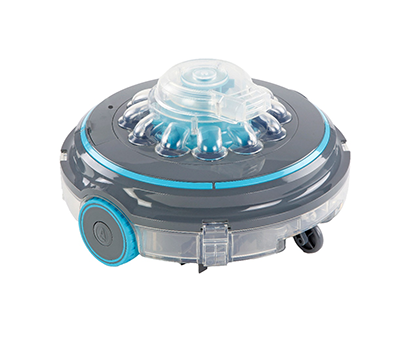
Daily Care Routine
You want your robotic pool cleaner to last, right? Start with a simple daily routine. After every use, rinse your cleaner with fresh water. Make sure you remove all salt and debris. Dry it with a towel and let it air out before you put it away. Check the wheels and brushes for leaves or hair. If you spot anything stuck, pull it out. This quick routine keeps your cleaner in top shape.
Tip: Set a reminder on your phone so you never forget your daily rinse!
Weekly Maintenance Tasks
Once a week, give your cleaner a little extra attention. Open the filter basket and clean it out. Look for any signs of rust or wear on screws and bolts. Wipe down all surfaces with a damp cloth. Spray a protective coating on metal parts if needed. Tighten any loose screws. This weekly check helps you catch small problems before they turn into big ones.
Weekly Checklist:
- Clean filter basket
- Inspect for rust
- Wipe down surfaces
- Apply protective spray
- Tighten screws
Monthly Deep Checks
Every month, take a closer look at your robotic pool cleaner. Remove the filter and soak it in fresh water to get rid of any salt buildup. Check the motor housing for leaks or cracks. Examine all moving parts for signs of damage. If you see rust, treat it right away. Review your user manual for any special care tips.
Note: A monthly deep check keeps your cleaner running smoothly all season long!
Storage Best Practices
Choosing the Right Storage Location
You want your robotic pool cleaner to stay in great shape, so pick a smart spot for storage. Avoid leaving it outside by the pool. Sun, rain, and salty air can all speed up rust. Find a dry place indoors, like your garage or a pool shed. Make sure the spot is easy to reach. You will use your cleaner more often if you do not have to dig it out every time.
Tip: Never store your cleaner on wet grass or concrete. Moisture from the ground can sneak in and cause rust.
Ideal Storage Environment
A good storage environment keeps your cleaner safe from rust and damage. Look for a place with steady temperatures. Hot and cold swings can make metal parts expand and contract, which leads to cracks. Keep the area dry. Humidity is the enemy of metal. If you live in a humid area, use a small dehumidifier or moisture-absorbing packets.
Checklist for the perfect storage spot:
- Dry and well-ventilated
- Away from direct sunlight
- No exposure to rain or pool chemicals
- Stable temperature
Helpful Storage Accessories
You can make storage even better with a few handy accessories. Use a storage caddy or cart to keep your cleaner off the ground. A wall hook or shelf works well for hanging hoses and cords. Try a dust cover to protect your cleaner from dirt and moisture.
|
Accessory |
Benefit |
|
Keeps cleaner elevated |
|
|
Wall hook/shelf |
Organizes hoses and cables |
|
Dust cover |
Shields from dust and damp |
Pro Tip: Label your storage area so everyone knows where the cleaner belongs. This helps keep it safe and easy to find!
What to Do If You Spot Rust
Immediate Steps to Take
You just found a rusty spot on your robotic pool cleaner. Don’t panic! Act quickly to stop the rust from spreading. First, remove your cleaner from the pool. Rinse it with fresh water to wash away any salt or debris. Dry the area with a towel. Make sure you keep the cleaner out of the water until you fix the problem.
Alert: Leaving rust untreated can damage your cleaner fast. Always check for rust after each use.
Cleaning Methods for Rust Removal
You can tackle small rust spots at home. Try these simple methods:
- Use a soft brush or sponge. Gently scrub the rusty area. Avoid using steel wool or anything too rough. You don’t want to scratch the surface.
- Apply a rust remover. Pick a product that is safe for pool equipment. Follow the instructions on the label.
- Try a homemade solution. Mix baking soda with water to make a paste. Rub it on the rust, let it sit for a few minutes, then wipe it off.
|
Method |
Best For |
|
Soft brush/sponge |
Light surface rust |
|
Rust remover product |
Stubborn spots |
|
Baking soda paste |
Gentle cleaning |
Tip: Always rinse and dry the area after cleaning.
When to Seek Professional Help
Sometimes rust gets out of hand. If you see deep pitting, large rusty patches, or damage near the motor, call a professional. You should also get help if rust keeps coming back. A pool equipment expert can fix the problem and give you advice to prevent future rust. Don’t wait too long—quick action saves your cleaner!
Zero-Corrosion Guarantee: Robotic Pool Cleaner’s Saltwater Resistance Certification
Importance of Saltwater Resistance Certification
You want your robotic pool cleaner to last in a saltwater pool. That’s where the Zero-Corrosion Guarantee: Robotic Pool Cleaner’s Saltwater Resistance Certification comes in. This certification tells you that the cleaner can handle saltwater without rusting fast. You get peace of mind because the cleaner has passed special tests. These tests check if the parts can resist salt and water damage.
If you use a cleaner without this certification, you might see rust much sooner. Saltwater is tough on metal. The Zero-Corrosion Guarantee: Robotic Pool Cleaner’s Saltwater Resistance Certification means the cleaner uses better materials. You spend less time worrying about repairs. You also save money because your cleaner lasts longer.
Tip: Always look for this certification if you have a saltwater pool. It makes a big difference in how long your cleaner stays rust-free.
How to Identify Certified Robotic Pool Cleaners
You can spot a certified cleaner by checking the product label or the box. Most brands show the Zero-Corrosion Guarantee: Robotic Pool Cleaner’s Saltwater Resistance Certification right on the packaging. Some companies use a special badge or logo. You can also check the user manual or the company’s website.
Here’s a quick checklist to help you:
- Look for the certification badge on the box.
- Read the product description online.
- Ask the store staff if you are not sure.
- Check for the certification in the user manual.
If you see the Zero-Corrosion Guarantee: Robotic Pool Cleaner’s Saltwater Resistance Certification, you know you are getting a cleaner built for saltwater pools. This small step helps you avoid rust and keeps your pool cleaner working great.
You can keep your robotic pool cleaner rust-free in saltwater pools. Rinse and dry it after every use. Choose a model with the Zero-Corrosion Guarantee: Robotic Pool Cleaner’s Saltwater Resistance Certification. A simple care routine saves you money and helps your cleaner last longer.
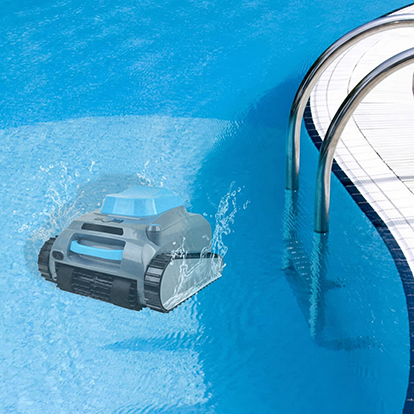
FAQ
How often should you rinse your robotic pool cleaner after using it in saltwater?
You should rinse your cleaner with fresh water every single time you use it in a saltwater pool. This keeps salt from building up and causing rust.
Can you use regular household cleaners to remove rust from your pool cleaner?
No, you should not use regular cleaners. Pick a rust remover made for pool equipment. Some household products can damage plastic or rubber parts.
What should you do if you forget to dry your cleaner before storing it?
If you forget, take it out and dry it as soon as you remember. Let it air out completely before putting it back in storage.

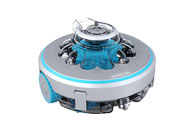 Robotic Pool Cleaner
Robotic Pool Cleaner 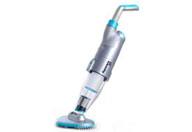 Portable Pool Vacuum Cleaner
Portable Pool Vacuum Cleaner 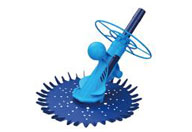 Automatic Pool Cleaner
Automatic Pool Cleaner 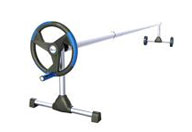 Pool Cover Reel
Pool Cover Reel 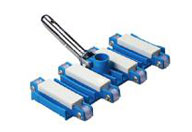 Pool Cleaning Accessories
Pool Cleaning Accessories 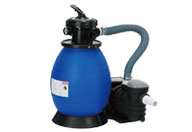 Pool Filter Pump
Pool Filter Pump 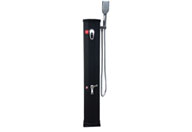 Pool Solar Shower
Pool Solar Shower 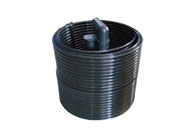 Pool Solar Collector
Pool Solar Collector 